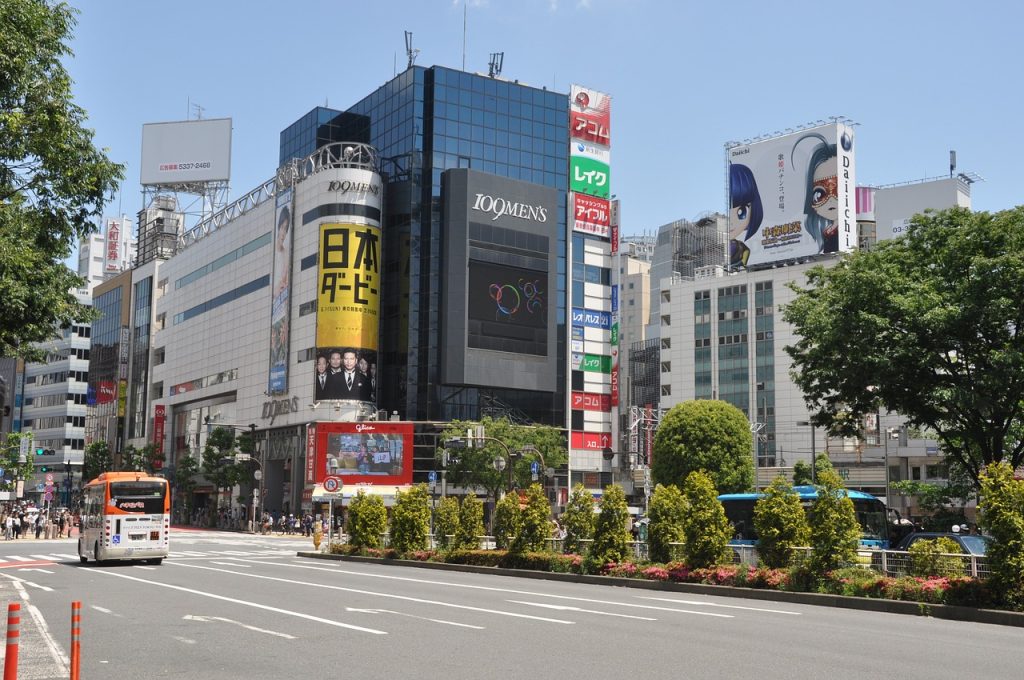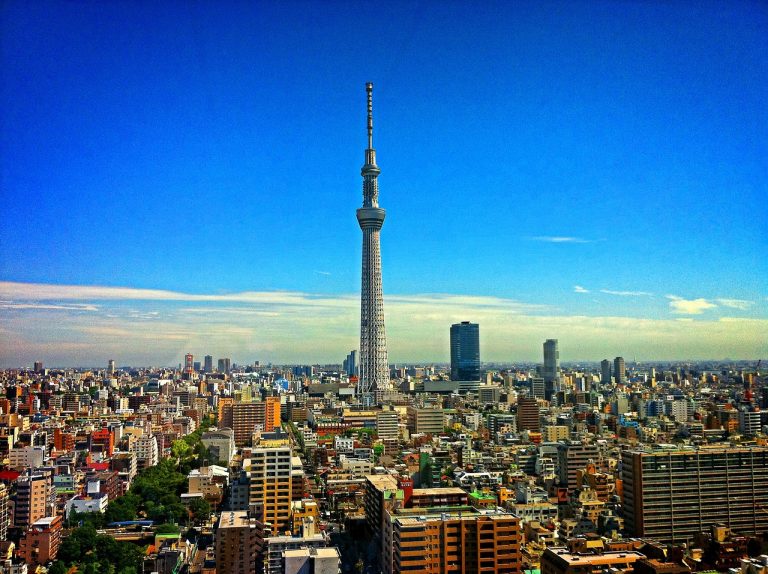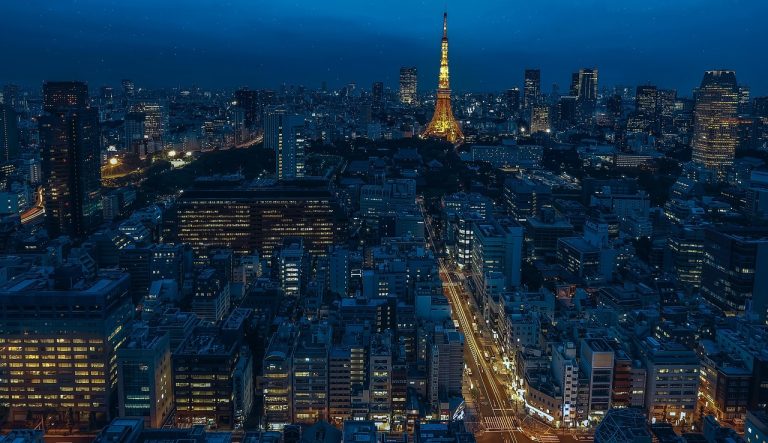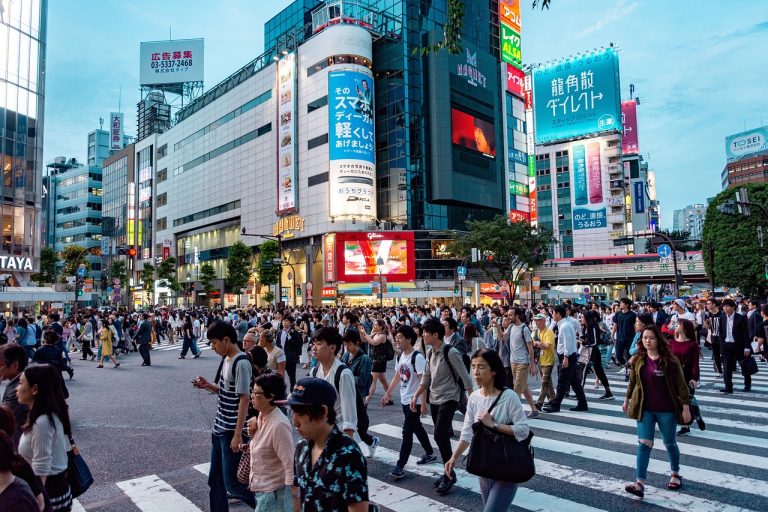Tokyo Japan Video
Public Transportation in Tokyo Japan: A Complete Guide
Tokyo, the capital city of Japan, is renowned for its efficient and extensive public transportation system. Navigating Tokyo’s vast network of trains, subways, and buses may seem daunting at first, but with a little knowledge and preparation, you can easily explore this vibrant city. This guide will provide you with comprehensive information about public transportation in Tokyo, including tips, routes, and ticketing information.
Getting Around Tokyo: An Overview
To efficiently explore Tokyo, it’s crucial to understand the various modes of public transportation available. The city boasts an intricate network of trains, subways, buses, and taxis, all of which serve different areas and purposes. By familiarizing yourself with these options, you can plan your routes effectively and save time during your travels.
- Trains: Tokyo’s train system is the backbone of its public transportation network. Operated by multiple companies, including Japan Railways (JR) and private companies like Tokyo Metro and Toei Subway, the train system covers the entire city and beyond. Trains are frequent, reliable, and offer connections to major tourist attractions and neighboring cities.
- Subways: Tokyo’s subway system is an efficient way to get around the city center and reach destinations not served by trains. The Tokyo Metro and Toei Subway operate several lines, each color-coded for easy navigation. Subway stations are conveniently located near popular tourist spots and shopping districts.
- Buses: Tokyo’s bus network complements the train and subway systems, providing access to areas not easily reached by rail. Buses are especially useful for exploring residential neighborhoods, visiting temples and shrines, and accessing attractions outside the city center.
- Taxis: Taxis are readily available in Tokyo but can be relatively expensive compared to other modes of transportation. They are best suited for short trips, traveling late at night, or when carrying heavy luggage.
Ticketing and Fares
Understanding Tokyo’s ticketing system is essential to avoid confusion and ensure a smooth journey. Here are some key points to keep in mind:
- Suica/Pasmo Cards: Suica and Pasmo are rechargeable smart cards that can be used on trains, subways, buses, and even for shopping. These cards offer convenience and time-saving benefits as they eliminate the need to purchase individual tickets for each trip.
- IC Cards: In addition to Suica and Pasmo, other IC cards like ICOCA and Kitaca can also be used in Tokyo. These cards are interchangeable, so if you already have one from another city in Japan, it can be used in Tokyo as well.
- Single Tickets: If you prefer not to use an IC card, you can purchase individual tickets for each journey. These tickets can be bought from ticket machines at train and subway stations.
- Fares: Tokyo’s fare system is distance-based, meaning the farther you travel, the more you pay. Fare charts are displayed at ticket machines, and fare calculators are available online to estimate costs.
Train and Subway Lines
Tokyo’s train and subway lines can be overwhelming due to their sheer number, but with a basic understanding of the major lines, you can easily navigate the city. Here are some of the most important lines to be aware of:
- Yamanote Line: The Yamanote Line is a circular train line that loops around central Tokyo, connecting major districts such as Shinjuku, Shibuya, and Ueno. It is a convenient line for accessing popular tourist areas.
- Chuo Line: The Chuo Line runs east-west through Tokyo, connecting districts like Shinjuku, Akihabara, and Tokyo Station. It is a vital line for both commuters and tourists.
- Ginza Line: The Ginza Line is Tokyo’s oldest subway line, running from Asakusa to Shibuya. It passes through the upscale Ginza shopping district and provides access to popular attractions like Ueno Park and Tokyo Tower.
- Marunouchi Line: The Marunouchi Line is another important subway line, connecting Ikebukuro and Shinjuku in the west to Tokyo Station and Otemachi in the east. It is known for its modern and comfortable trains.
Buses in Tokyo
While Tokyo’s train and subway systems are extensive, buses offer a different perspective and access to areas not well-served by rail. Here are some key points to know about Tokyo’s bus system:
- Routes and Destinations: Tokyo’s bus routes cover a wide range of destinations, including residential neighborhoods, tourist spots, and suburban areas. Buses are particularly useful for reaching temples, shrines, and parks.
- Bus Types: Tokyo has several types of buses, including regular city buses, express buses, and tour buses. Each type serves different purposes, so it’s essential to check the destination and route before boarding.
- Bus Stops and Timetables: Bus stops in Tokyo are clearly marked with route information and timetables. Timetables are usually displayed in Japanese, but some major stops also provide English translations.
- Fares and Payment: Bus fares in Tokyo are generally fixed, regardless of the distance traveled. Payment is made upon boarding, either by using an IC card or by dropping the exact fare into a fare box.
Tokyo Japan Image 1:

Taxi Services
Taxis in Tokyo are readily available, but they can be relatively expensive compared to other modes of transportation. Here are some essential points to know about Tokyo’s taxi services:
- Flagging a Taxi: Taxis in Tokyo can be hailed from designated taxi stands or by raising your hand when you spot an available taxi. The illuminated sign on the roof indicates if the taxi is vacant.
- Taxi Types: Tokyo has various types of taxis, including standard sedans, vans, and luxury cars. The standard sedans are the most common and affordable option for most travelers.
- Fares and Payment: Taxi fares in Tokyo are calculated based on distance and time. The fare is displayed on the taxi’s meter, and payment is made upon reaching your destination. Most taxis accept cash, and some also accept credit cards.
- English Communication: While some taxi drivers in Tokyo may speak basic English, it is helpful to have your destination written down or show the driver the address on a map or smartphone.
Tokyo Japan Image 2:
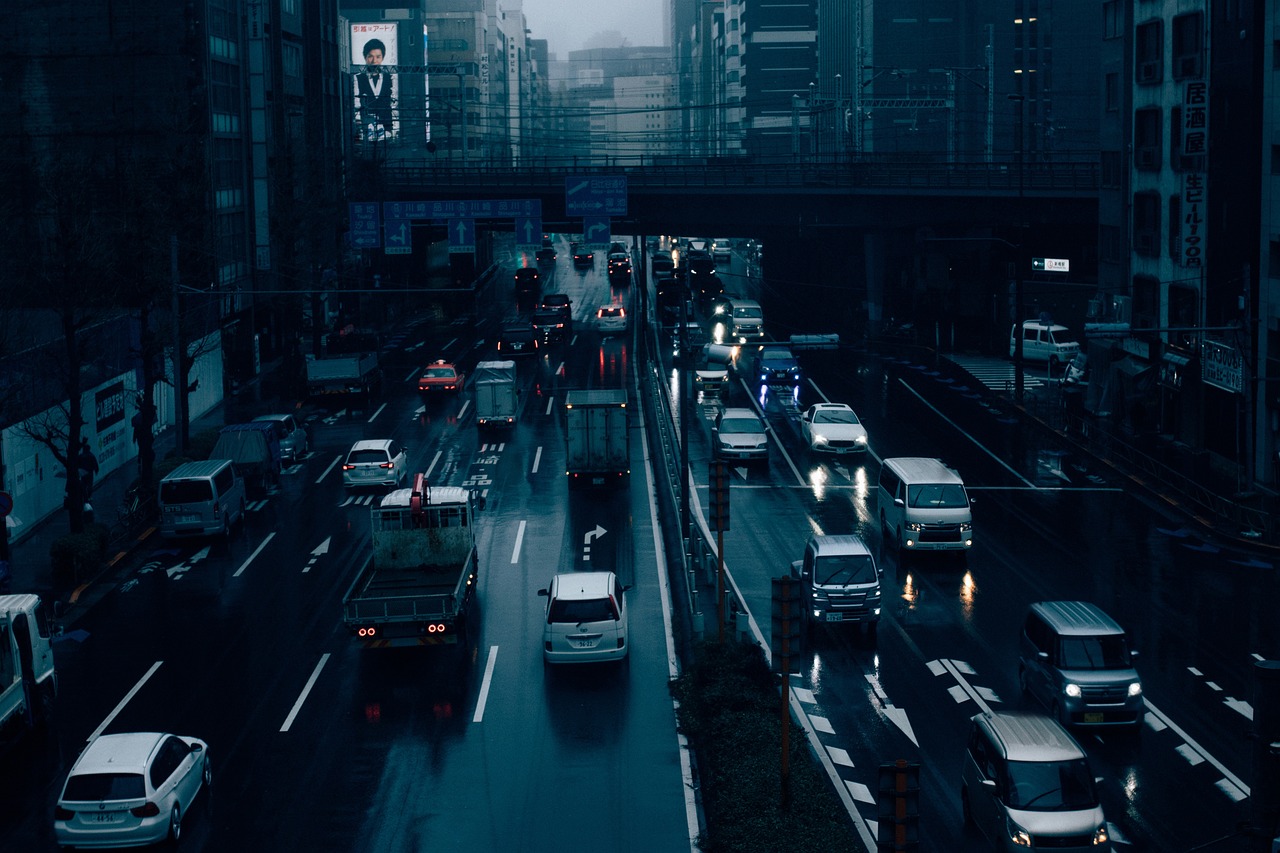
Travel Tips and Etiquette
To make your journey in Tokyo more enjoyable, here are some useful travel tips and etiquette guidelines to keep in mind:
- Queueing: When waiting for a train, subway, or bus, it is customary to queue in an orderly manner. Respect the queue and wait for your turn.
- Priority Seating: Priority seats are available on trains, subways, and buses for elderly, disabled, and pregnant passengers. If you are occupying a priority seat and someone in need boards, it is polite to offer your seat.
- Quietness: Tokyo’s public transportation system is known for its quietness. Avoid talking loudly, using your phone, or playing music without headphones.
- Cleanliness: Tokyo’s public transportation is generally clean and well-maintained. It is important to keep your surroundings clean and dispose of any trash appropriately.
Tokyo Japan Image 3:
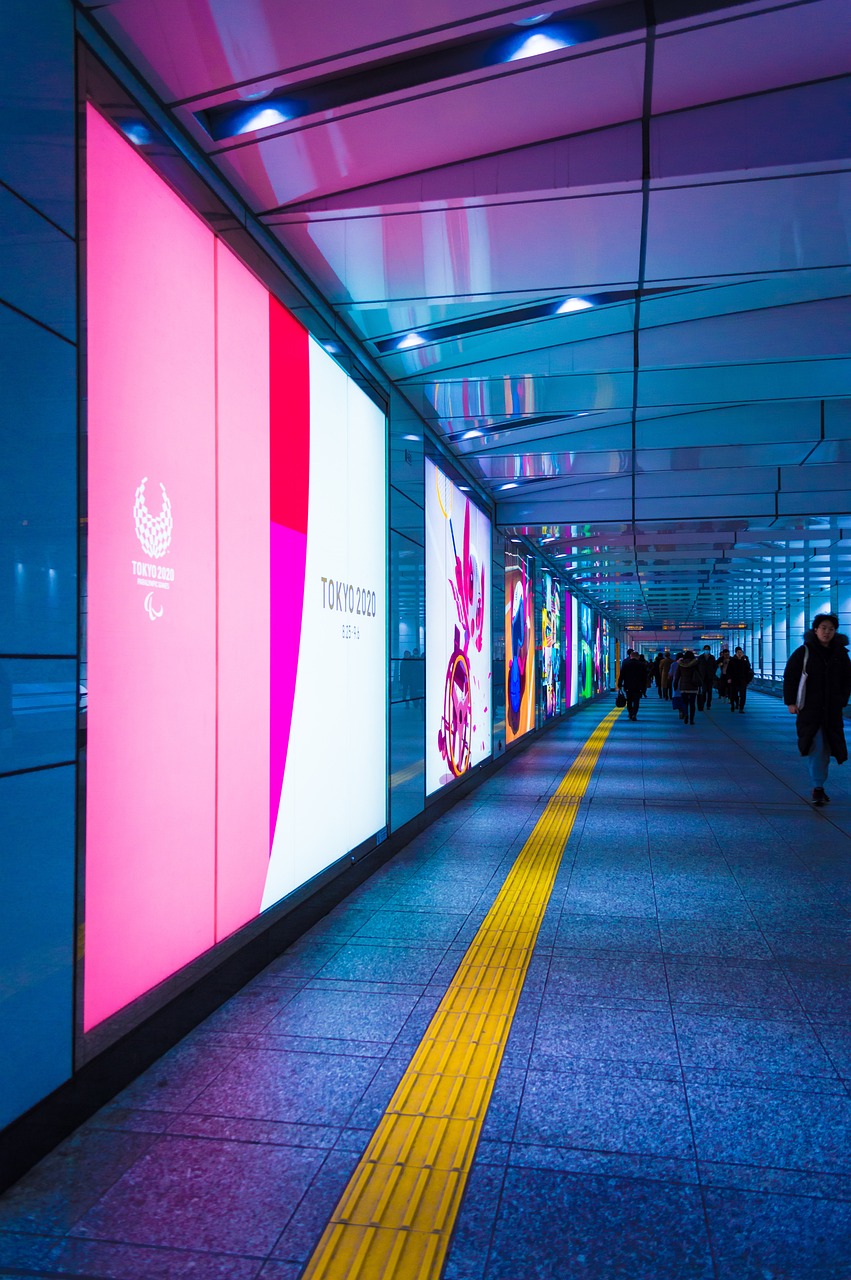
Conclusion
Navigating Tokyo’s public transportation system may initially appear intimidating, but with the right knowledge and preparation, it becomes a convenient and efficient way to explore the city. By understanding the different modes of transportation, ticketing options, and major lines, you can confidently navigate Tokyo and discover its rich cultural heritage, vibrant neighborhoods, and iconic landmarks.
References
– www.japan-guide.com
– www.tokyometro.jp
– www.jreast.co.jp
– www.tokyobus.jp

